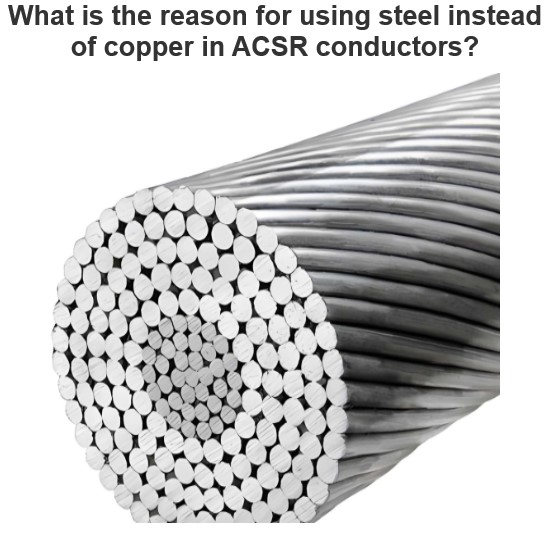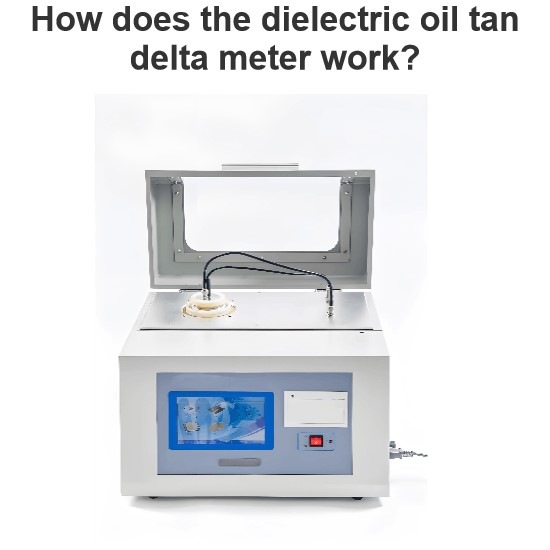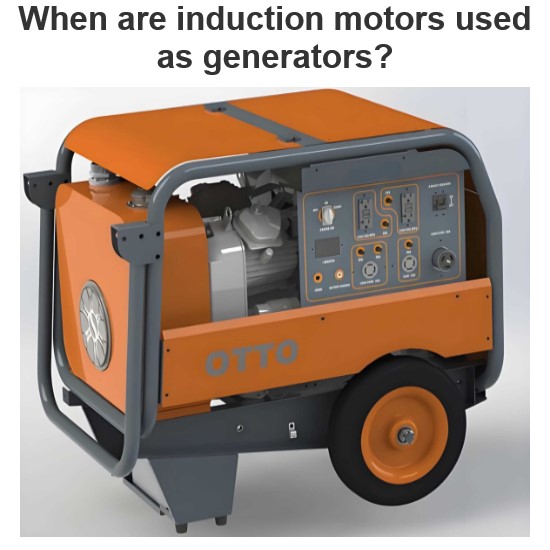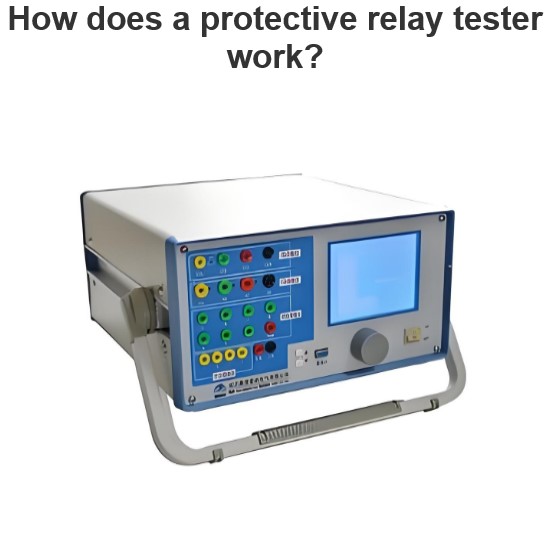Photovoltaic Power Plants
Definition of Solar Power Plants
Solar power plants generate electricity using solar energy, classified into photovoltaic (PV) and concentrated solar power (CSP) plants.
Photovoltaic Power Plants
Convert sunlight directly into electricity using solar cells and include components like solar modules, inverters, and batteries.
A photovoltaic power plant is a large-scale PV system that is connected to the grid and designed to produce bulk electrical power from solar radiation. A photovoltaic power plant consists of several components, such as:
Solar modules: The basic units of a PV system, made up of solar cells that turn light into electricity. Solar cells, typically made from silicon, absorb photons and release electrons, creating an electric current. Solar modules can be arranged in series, parallel, or series-parallel configurations, depending on the system’s voltage and current needs.
Mounting structures: They can be fixed or adjustable. Fixed structures are cheaper but don’t follow the sun’s movement, possibly reducing output. Adjustable structures tilt or rotate to track the sun, enhancing energy production. They can be manual or automatic, depending on the control needed.
Inverters: These are devices that convert the direct current (DC) produced by the solar modules into alternating current (AC) that can be fed into the grid or used by AC loads.
Inverters can be classified into two types: central inverters and micro-inverters. Central inverters are large units that connect several solar modules or arrays and provide a single AC output. Micro-inverters are small units that connect to each solar module or panel and provide individual AC outputs. Central inverters are more cost-effective and efficient for large-scale systems, while micro-inverters are more flexible and reliable for small-scale systems.
Charge controllers: Regulate the voltage and current from solar modules to prevent battery overcharging or over-discharging. They come in two types: pulse width modulation (PWM) and maximum power point tracking (MPPT). PWM controllers are simpler and cheaper but waste some energy. MPPT controllers are more efficient and optimize energy output by matching the solar modules’ maximum power point.
Batteries: These are devices that store excess electricity generated by the solar modules or arrays for later use when there is no sunlight or when the grid is down. Batteries can be classified into two types: lead-acid batteries and lithium-ion batteries. Lead-acid batteries are cheaper and more widely used, but they have a lower energy density, shorter lifespan, and require more maintenance. Lithium-ion batteries are more expensive and less common, but they have higher energy density, longer lifespan, and require less maintenance.
Switches: Connect or disconnect parts of the system, like solar modules, inverters, and batteries. They can be manual or automatic. Manual switches need human operation, while automatic switches work based on predefined conditions or signals.
Meters: These are devices that measure and display various parameters of the system, such as voltage, current, power, energy, temperature, or irradiance. Meters can be analog or digital, depending on the type of display and accuracy needed. Analog meters use needles or dials to show values, while digital meters use numbers or graphs to show values.
Cables: These are wires that transmit electricity between different components of the system. Cables can be classified into two types: DC cables and AC cables. DC cables carry direct current from the solar modules to the inverters or batteries, while AC cables carry alternating current from the inverters to the grid or loads.

The generation part includes solar modules, mounting structures, and inverters that produce electricity from sunlight.The transmission part includes the cables, switches, and meters that transmit electricity from the generation part to the distribution part.
The distribution part includes the batteries, charge controllers, and loads that store or consume electricity.The following diagram shows an example of a photovoltaic power plant layout:
The operation of a photovoltaic power plant depends on several factors, such as weather conditions, load demand, and grid status. However, a typical operation consists of three main modes: charging mode, discharging mode, and grid-tie mode.
Charging mode happens when there is excess sunlight and low demand. In this mode, solar modules generate more electricity than needed. The extra electricity charges the batteries via the charge controllers.
The discharging mode occurs when there is no sunlight or high load demand. In this mode, the solar modules generate less electricity than is needed by the loads. The deficit electricity is supplied by the batteries through the inverters.
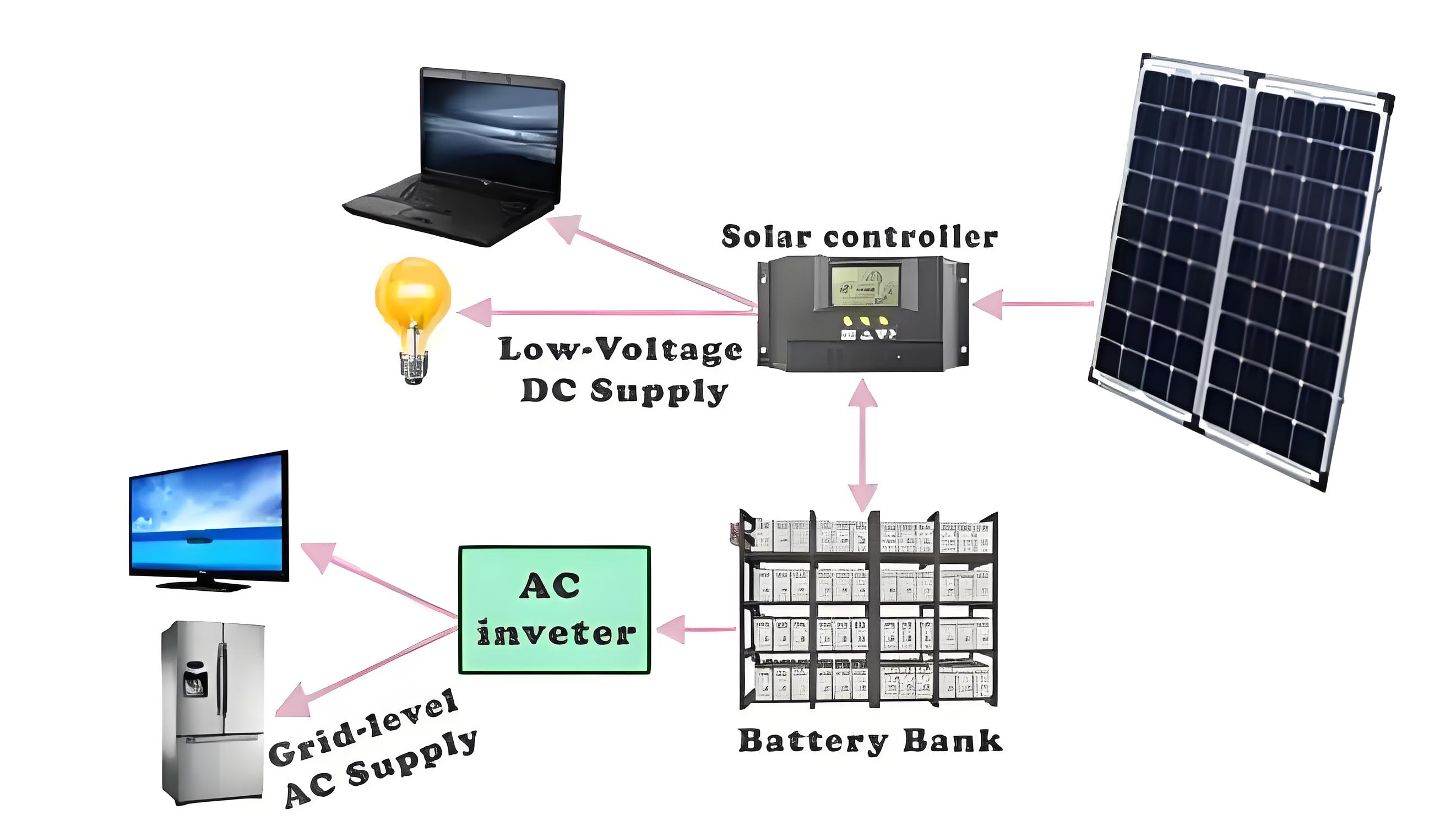
The grid-tie mode can also occur when there is a grid outage, and backup power is needed. In this mode, the solar modules generate electricity that can be used by the loads through the inverters.
Advantages
Solar power plants use renewable and clean energy that does not emit greenhouse gases or pollutants.
Solar power plants can reduce dependence on fossil fuels and enhance energy security and diversity.
Solar power plants can provide electricity in remote areas where grid connection is not feasible or reliable.
Solar power plants can create local jobs and economic benefits for communities and regions.
Solar power plants can benefit from various incentives and policies that support renewable energy development and deployment.
Disadvantages
Solar power plants require large land areas and may have environmental impacts on wildlife, vegetation, and water resources.
Solar power plants have high initial capital costs and long payback periods compared to conventional power plants.
Solar power plants have low capacity factors and depend on weather conditions and diurnal cycles that affect their output and reliability.
Solar power plants need backup or storage systems to ensure a continuous supply of electricity during periods of low or no sunlight.
Solar power plants face technical challenges such as grid integration, interconnection, transmission, and distribution.
The Electricity Encyclopedia is dedicated to accelerating the dissemination and application of electricity knowledge and adding impetus to the development and innovation of the electricity industry.

